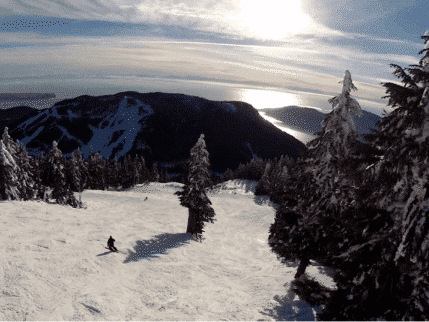

In films, the instant majesty of a crane shot is so prohibitively costly that it often damages relations between the studio bankrolling a film and some of its more ambitious, cash strapped artistes, whose masterpiece demands nothing less than a crane rental. It’s also a short-hand method for triggering envy in other, less successful filmmakers, a signal that a particular filmmaker has arrived.
“The Laurence Oliviers of the world, the Andy Devines of the world, do you think they had to beg for a crane shot?” shouted Johnny LaRue, the immortal lush portrayed by John Candy on SCTV, at his camera operator/producer as they patrolled the freezing streets of Edmonton on Christmas Eve during the holiday edition of his recurring vox pop segment, Street Beef.
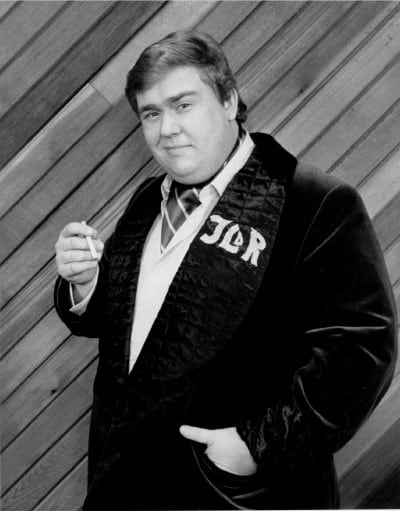
If only there were an easier, more cost-effective way.
Vancouver company Alterna Films has released a demo reel for its drone work, featuring a remote-controlled unmanned air vehicle (UAV) with a GoPro camera strapped on in order to capture some high-flying glamour shots of Vancouver at its magic-hour best.
“The use of Quadcoptors and Octocoptors add a new dimension and allow us the ability to capture the once thought of ‘impossible shot,’” said Alterna Films founder Carlo Wein. “Not long ago aerial cinematography/photography was out of reach for most clients but with the evolution of technology the Drone has allowed us to dramatically increase the production value we can offer our clients at a very reasonable cost.”
On the one hand, the widespread adoption of drones promises mostly benign and achievable solutions to a lot of life’s trickier logistical problems in the realms of package delivery, wildlife management, and landscape surveying. It’s already becoming a standard for realtors, to feature a “crane shot” of especially nice properties taken from a drone.
But while the use of drones by private citizens and by the private sector in general are still in a Wild West phase, their widespread adoption is likely to face obstacles on two fronts in the near future: privacy and air traffic regulation.
If anyone can buy and operate a drone equipped not only with cameras, but also perhaps with thermal imaging and face-recognition technologies, the implications for privacy are immediate and troubling.
A report issued by Canada’s Privacy Commissioner last year stated bluntly that current regulations “do little to address the privacy implications of having Canadian skies filled with hovering data-collecting robots.”
Law enforcement agencies may point out that a drone is far less costly to run than a helicopter and is simply a more compact version of its already existing tool kit for surveillance.
As concerns over privacy and technology grow as a result of the Snowden affair, however, the realization on the part of the public that their mobile phones are basically tracking devices and that their social media identities are rich data sets might give rise to second thought when coupled with the expanded reach offered by drones to survey them during their most private moments.
Meanwhile, in the United States the FAA (Federal Aviation Administration) has just appealed a decision handed down by a federal judge, who ruled in favour of Raphael Pirker, who was handed a $10,000 fine by the FAA while he attempted to film a commercial at the University of Virginia. Pirker appealed the fine, and now the FAA will appeal the judge’s ruling on the basis that “this decision could impact the safe operation of the national airspace system and the safety of people and property on the ground.”
Until then, we’re still very much in the drone industry’s infancy.
With that in mind, you already knew that Vancouver was easy on the eyes. Well, look at it again, this time shot from a drone.
Drone demo reel 2014 from Alterna Films on Vimeo.
Leave a Reply
You must be logged in to post a comment.


 Share
Share Tweet
Tweet Share
Share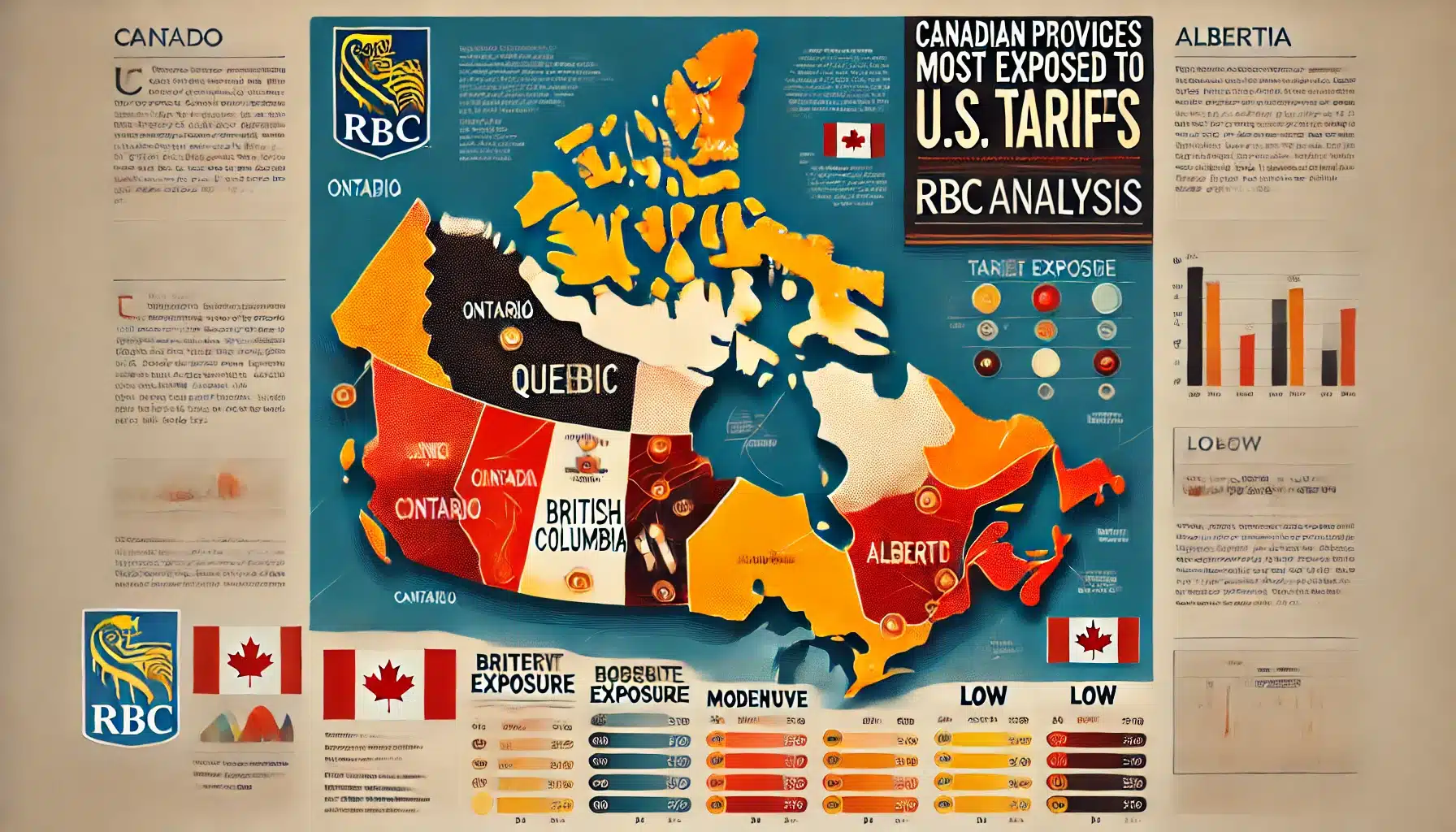
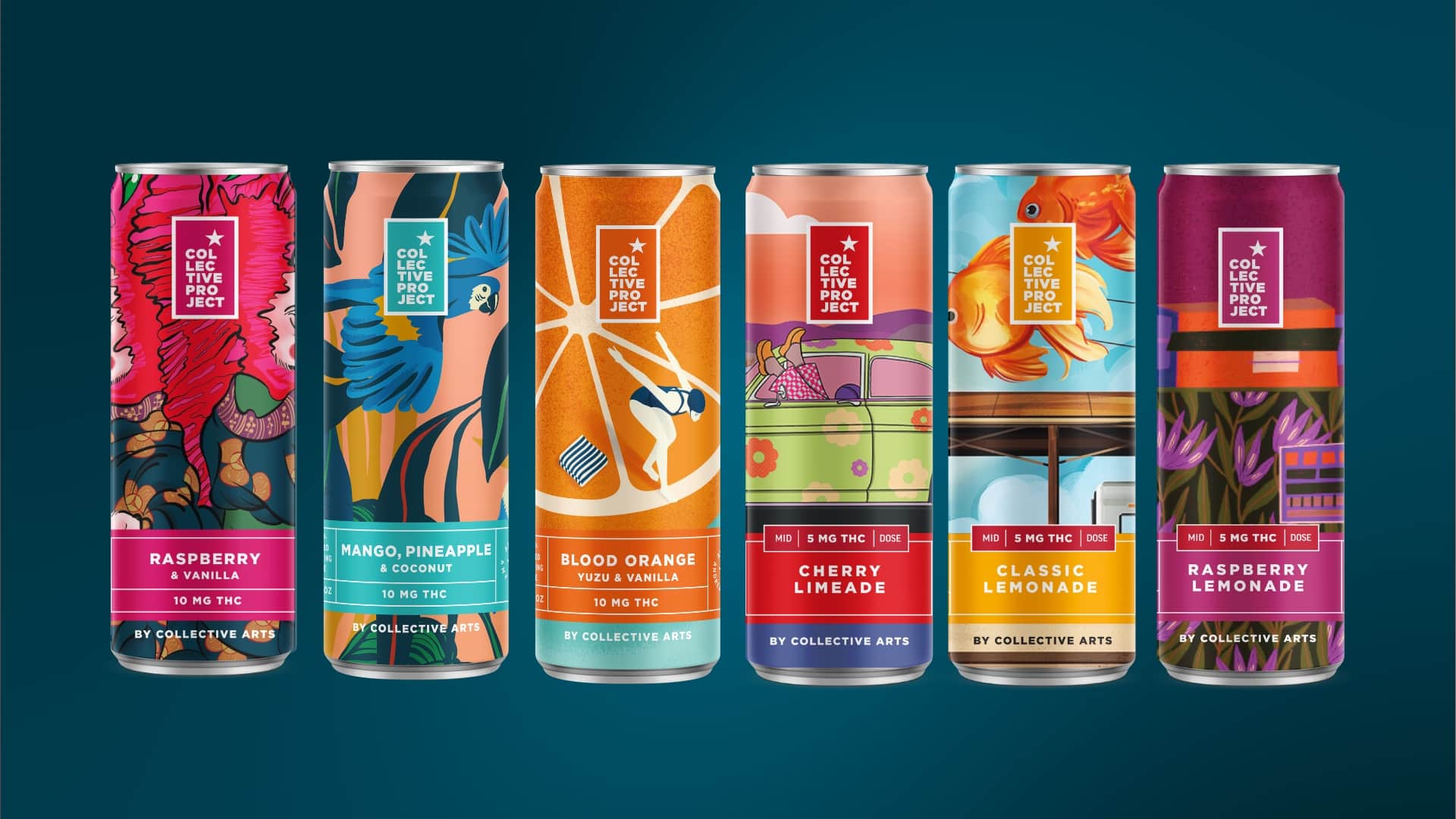
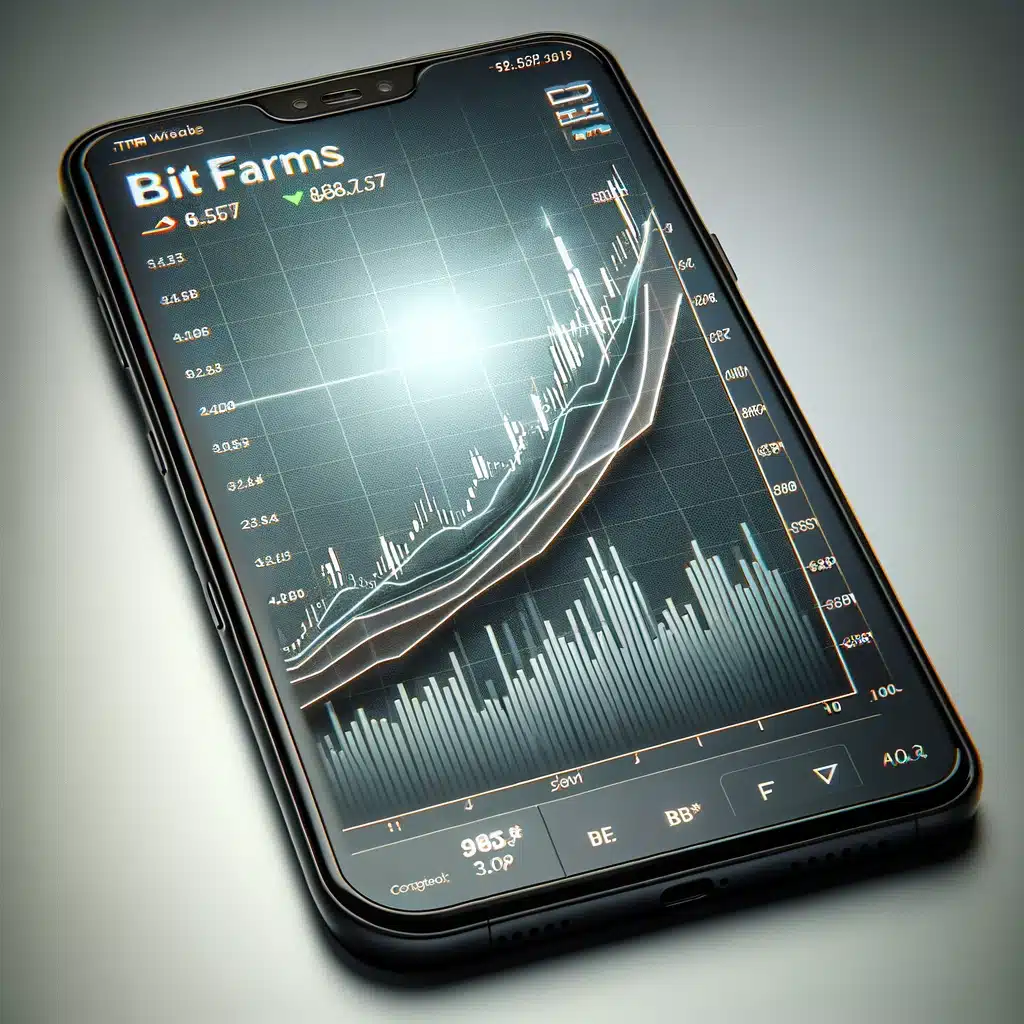
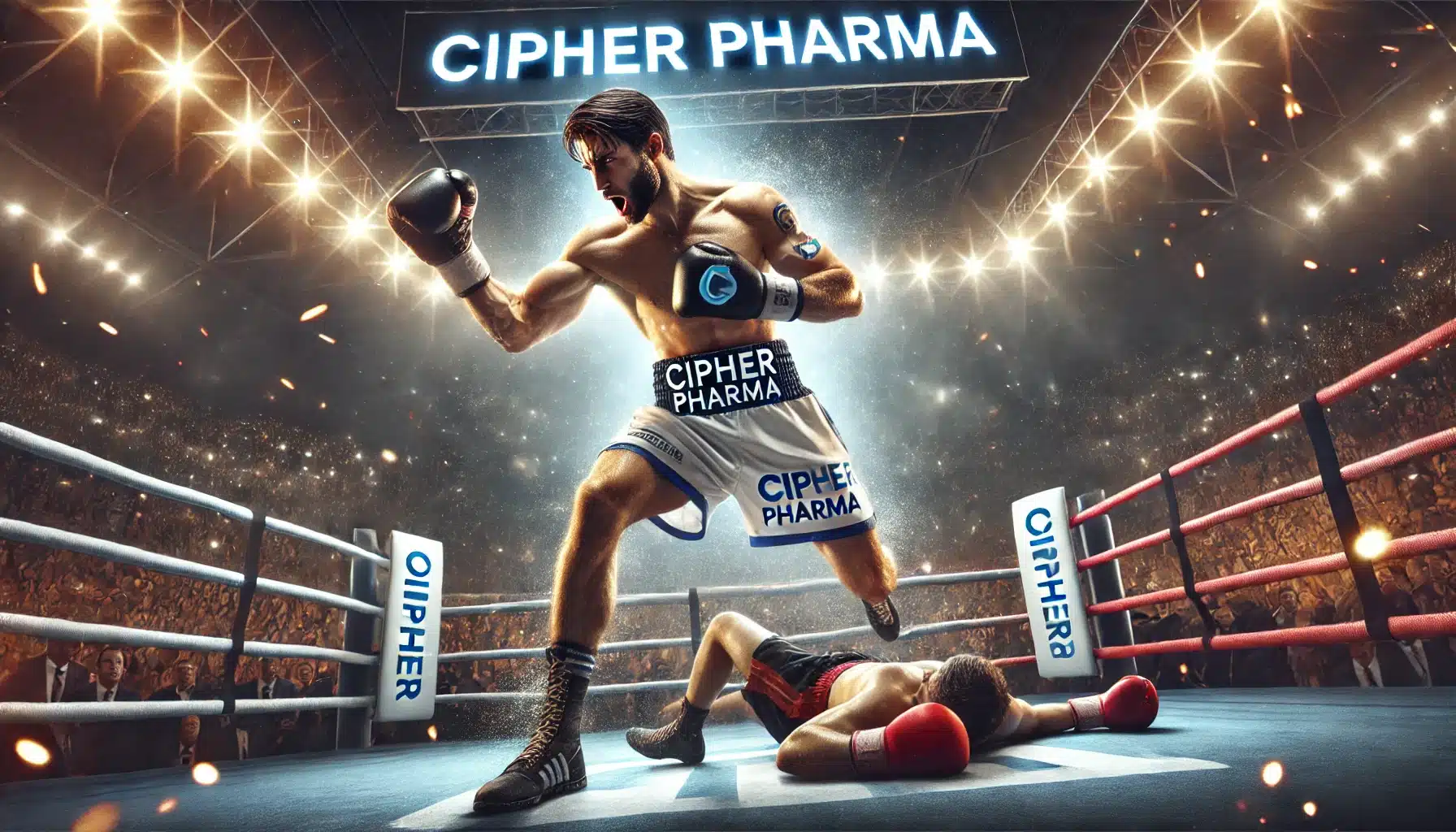
Comment